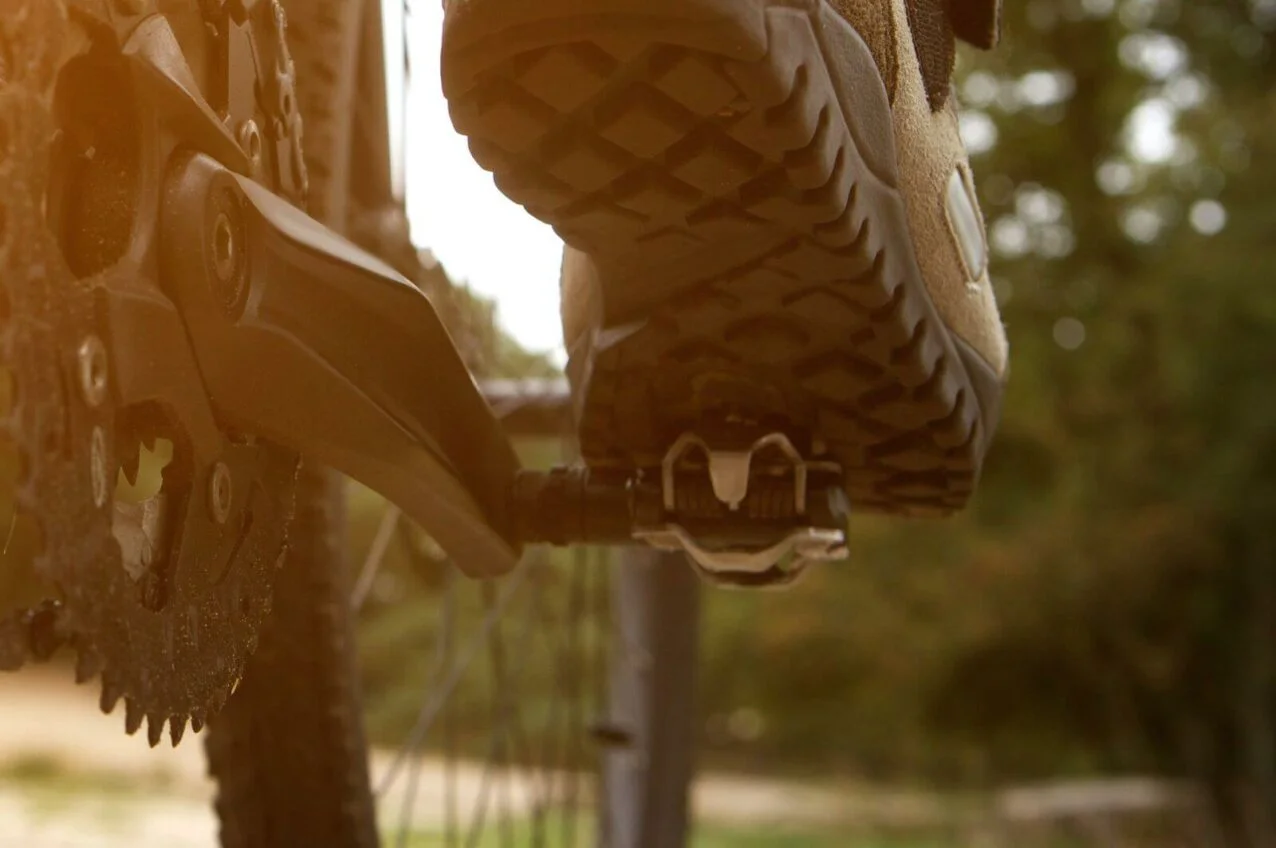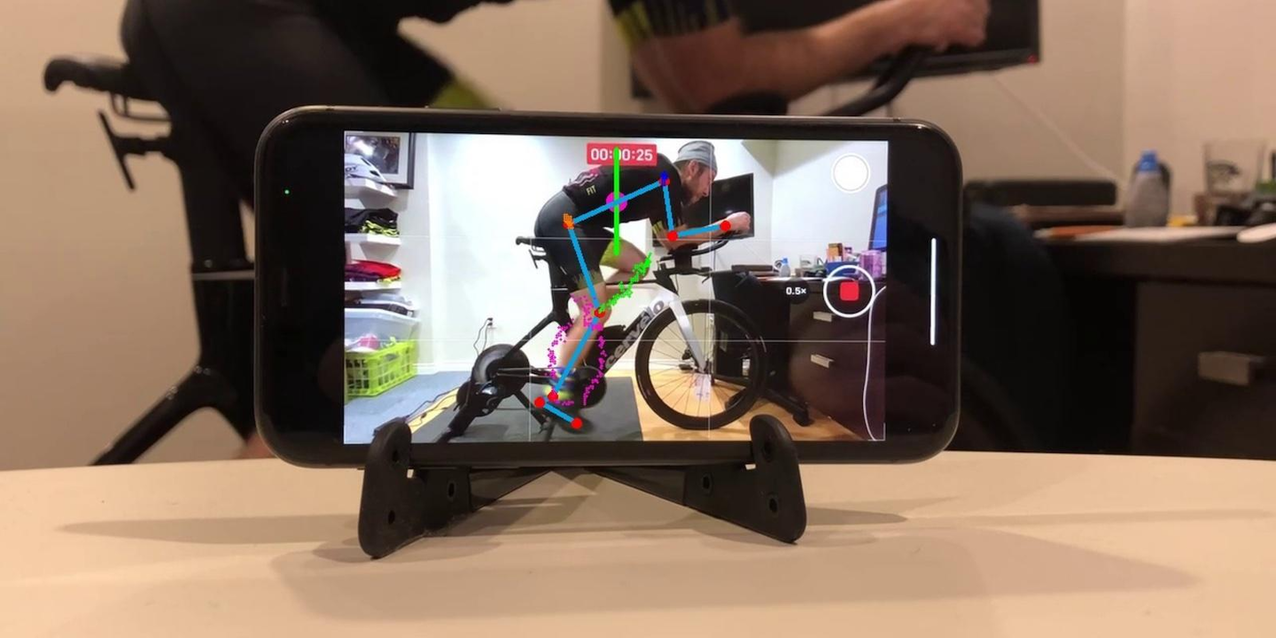Choosing your first bike can be quite exciting, but there are several things you have to take into account before making your final decision, such as what you’ll be using it for or what type of cycling discipline you practice. How are you supposed to know all that if you’re just a beginner? Sure, you might already be interested in a certain discipline, but over time you might find another one you like even more once you dive deeper into the cycling world. In order to know the direction in which you should be going, ask yourself a few simple questions to find the best choice:
Why do you want to buy a bike? Ask yourself what’s the reason behind this purchase: getting fit, doing exercise outdoors, putting yourself up for a challenge, commuting, cycling with your friends on weekends, spending time actively with your family…

Where will you be riding your bike? Around urban areas, on the road, on both roads and trails, exclusively on trails… It’s also crucial to consider what kind of terrain you’re planning to ride on: flat, uneven, with long ascents, etc. Weather conditions are also just as relevant, especially if you live in a humid, rainy area. If you’re planning on using your bike all year long, you’ll need one you can mount mudguards on.
| Purpose | Area | Type of bike |
| Exercising | Road | Road |
| Leisure, short rides with friends and family | Roads, easy trails, bike lanes, greenways | Mountains, gravel, hybrid |
| Commuting | City, roads, bike lanes | Road, gravel, hybrid |
| Exercising and moving around | Roads, trails and greenways | Gravel |
| Exercising | Off-road | Mountains |
How often are you really going to use your bike? When choosing a bike, we sometimes use up all of our budget to get the best one we can afford, assuming we’ll be riding it at least a few times a week and, therefore, getting the most out of it. But the truth is that our daily routines don’t always make this possible, and oftentimes we end up riding the bike only every now and then. This is why it’s vital to be honest and realistic in your expectations, and never forget that cycling, in any shape or form, takes time, which we’ll have to find somehow. So make sure you invest wisely, it can be really painful to see an expensive, top-of-the-line bike abandoned somewhere around the house, covered with dust, waiting to be used.

What’s your budget and how are you financing the bike? This basically translates to how much are you willing to pay to get yourself a bike. There are very decent bikes for less than €1,000 and top-quality ones that go up to €15,000. If you do have the money, you’re free to spend it, but as a beginner, a €1,000-2,000 bike should be more than enough. You’ll have plenty of time in the future to go crazy if you feel like cycling is your thing and clearly understand your preferences and goals.
And don’t forget that riding a bike implies being equipped at least with basic clothing (for the summer, winter and transition seasons) and accessories (both for your bike and yourself), as well as tools and replacement parts. Keep all of this in mind to include it in your budget.
BIKE FEATURES TO TAKE INTO ACCOUNT

Size. This is the most important aspect when looking for a bike. Choosing the right size is crucial in order to be comfortable and safe while cycling. Not all brands have the same range of sizes, so the safest option is to get advice from your trusted local shop or, if you prefer to go all in, turn to an biomechanical specialist, who can help you choose the right size and model for you according to your measurements, flexibility, needs and preferences.
Frame material. To avoid confusion, we’ll just mention the two most common materials bike frames are made of: aluminum and carbon. Generally speaking, an aluminum bike with the same components as a carbon one will be cheaper. This means that, at the same price, a carbon bike can have worse quality components than an aluminum one, but will be lighter in weight, since carbon itself is a lighter material than aluminum. So, for example, an aluminum bike with a carbon fork would be an ideal first bike.
Main components. Aside from the frame, the most important and expensive components are the groupset and the wheels. The groupset includes shifting and brake levers, brakes, front and rear derailleur, cranks, chain and cassette. It’s not groundbreaking knowledge that the better the groupset, the more expensive it will be, and the same goes for wheels.

When it comes to groupsets, pay close attention to the number of gears: 1, 2 or 3 chainrings at the front multiplied by 9, 10, 11 or 12 sprockets at the back. The result will be the number of gears the bike has. A higher number of gears doesn’t necessarily imply that it’ll be more expensive, but definitely more versatile to face any type of terrain.
You should also pay close attention to the gear ratio. On a road bike, you can have 2 chainrings and 12 sprockets, which translates to 24 speeds in total. But the size of the chainrings and sprockets (measured in the number of teeth they have) affects how you face different terrains. For example, professional cyclists use about 53-59 teeth on the chainrings and 11-32 teeth on the sprockets. On the other hand, the ‘compact’ system designed for cycling tourism usually has around 34-50 teeth on the chainrings, which makes it easier to pedal smoothly going uphill. In short, if you’re a beginner, go for large rear sprockets and small front chainrings.
Secondary components. These components are the saddle, stem, handlebars, seat post and pedals. They are all relatively cheap and can be easily replaced.
The saddle and the stem play a key role in properly adjusting the bike to the cyclist, so it’s very likely that, if you get really into cycling, you’ll end up replacing one or both of these components to achieve higher comfort.

A beginner cyclist usually starts with flat pedals, as this is the easiest and fastest way to get introduced to cycling. Eventually you might probably want to switch to clipless pedals. You should practice to get used to them and avoid any scares or accidents.
TEST, RESEARCH AND COMPARE
Take a look around bike stores in your area and, if possible, make sure to try different bike models. How pedaling feels can be completely different depending on what bike you’re riding, and each person is also different, which is why trying out several bikes will give you a clearer idea of which one suits you better.
Make sure to research on-line different brands and models. Take a look at user and expert reviews on quality and performance. Compare the technical specifications and features we have previously mentioned to compare components and prices.
BIKE FITTING

Once you have made your decision and purchased your very first bike, having it properly fitted is crucial. However, no matter how many tutorials you might find on-line, a bike fitting can be quite difficult and take too much time for a beginner, which is why we recommend you turn to a professional. Go to a nearby store that can help you in this process in order to save time and prevent any issues in the short and long run.
Bear in mind that our recommendations are quite general and don’t apply to all types of bikes. If you want to purchase a mountain bike, for instance, please take a look at this blog post for some extra guidance. And finally, we recommend you learn the basics of bike maintenance, such as how to inflate tires, adjust brakes or grease the chain. This will help you keep your bike in good shape, always ready to ride.
 shuangye outdoor products
shuangye outdoor products
